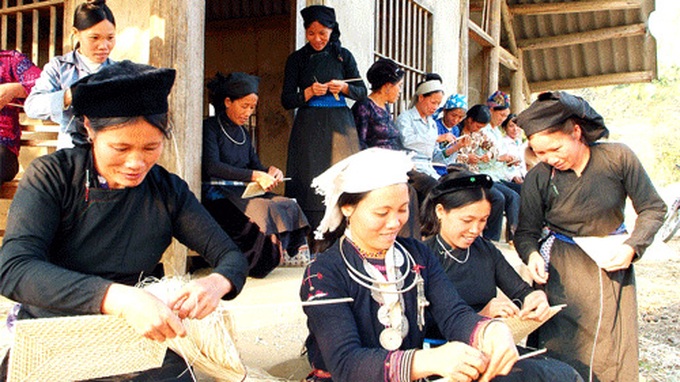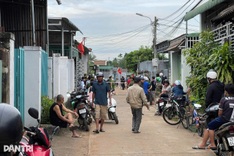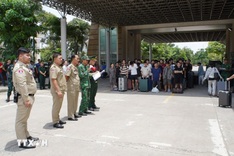This approach will help better classify poor people based on different factors, such as income, expenses and basic social needs, said Ngo Truong Thi, Head of the Co-ordination Office for the Poverty Reduction Programme.
“Using only income to measure poverty can leave a lot of people who need help unable to access poverty reduction programmes,” he said.
Many people have an average monthly income higher than the standard poverty line, but cannot afford basic needs like their children’s school fees, he added.
If a multi-dimensional approach is used to measure poverty in Vietnam, the poverty level will be much higher, Thi said.
In the past 20 years, Vietnam has cut its poverty rate from 58.1% in 1993 to less than 10% at present. However, participants agreed that the country still faced many challenges in sustaining the results.
Minister of Labour, Invalids and Social Affairs Pham Thi Hai Chuyen cited challenges such as the unsustainable pace of poverty reduction.
Poverty rates remained 50% or even 60-70% in some poor areas where large numbers of ethnic groups live, making up 47% of the total poor in the country, she said.
The rich-poor gap also went from 9.2 times in 2010 to approximately 9.5 in 2012, she added.
Poverty, including extreme poverty, remained prevalent among ethnic minority groups and in ethnic minority-inhabited areas, according to participants.
 |
High poverty rate
The income poverty rate is very high among some of these groups, but so is the performance across other dimensions such as education, health, water, sanitation, and housing. In all of these, ethnic minority groups consistently lag far behind the national average.
Minister Chuyen highlighted the need to transfer from a single-dimensional approach to poverty and to encourage and strengthen the proactive role of the poor in lifting themselves out of poverty.
United Nations Resident Coordinator in Vietnam Pratibha Mehta said tackling the challenges in poverty reduction in the coming years will require tailored and multi-sectoral approaches, where poverty is viewed as a multi-dimensional phenomenon, not just in monetary terms.
“Giving voice to the poor, empowering them to develop solutions to their issues and conducting participatory planning and monitoring should be the cornerstone of sustainable poverty reduction policies and programmes,” she added.
Vietnam is among the 20 countries in the world to pioneer the research and application of multi-dimensional poverty measures to better understand the root causes of poverty and to design better targeted policies and programmes.
Ho Chi Minh City has been assigned to pilot the multi-dimensional poverty approach in four districts to draw out lessons learned for the development of a master plan on multi-dimensional poverty which will be submitted to the Prime Minister for approval in October next year.
In Vietnam, poor households have an average monthly income below VND400,000 (US$19) in rural areas and VND500,000 (US$24) in urban areas.




















